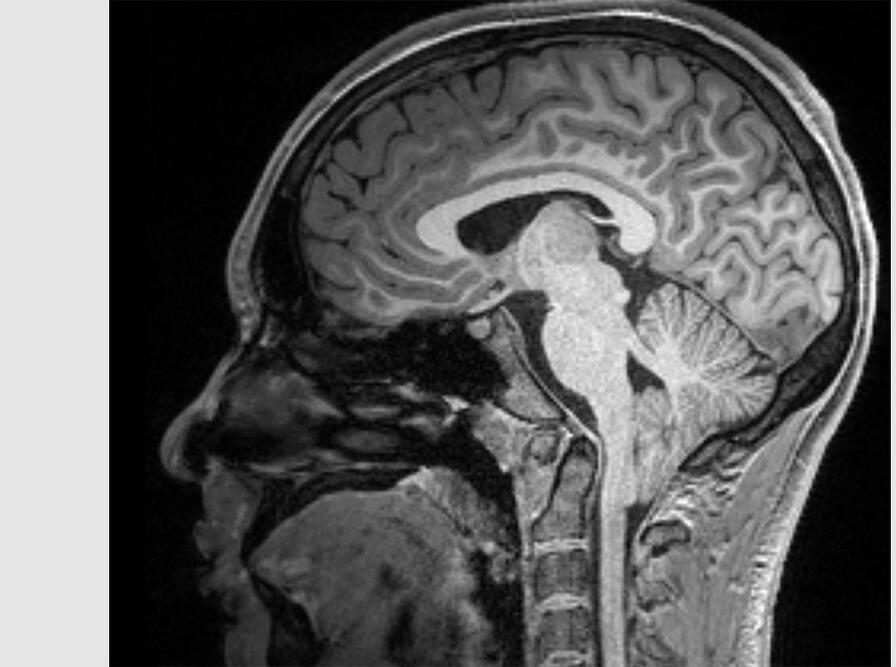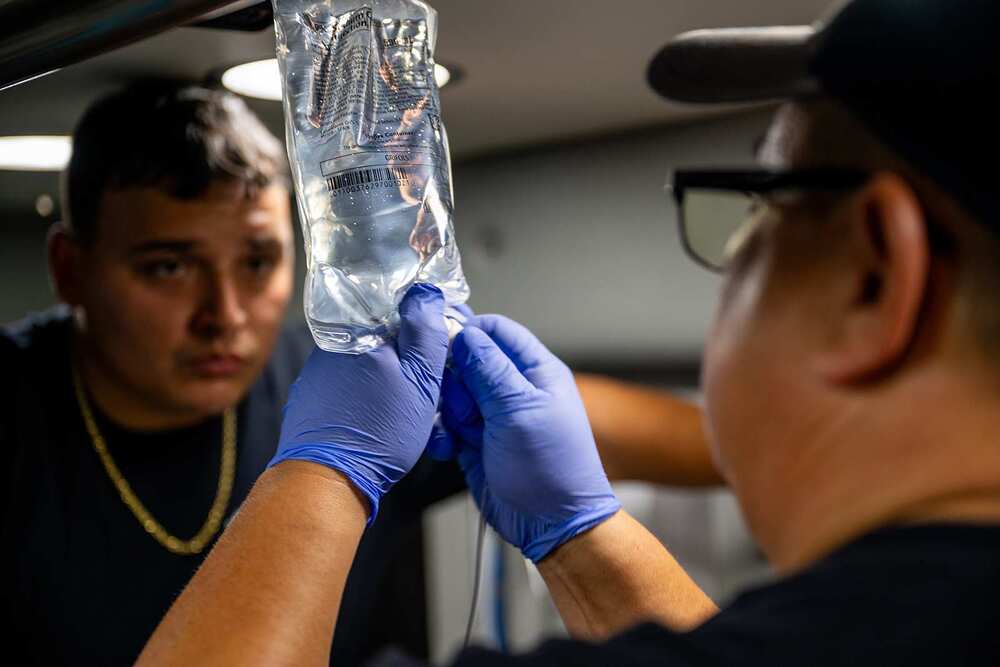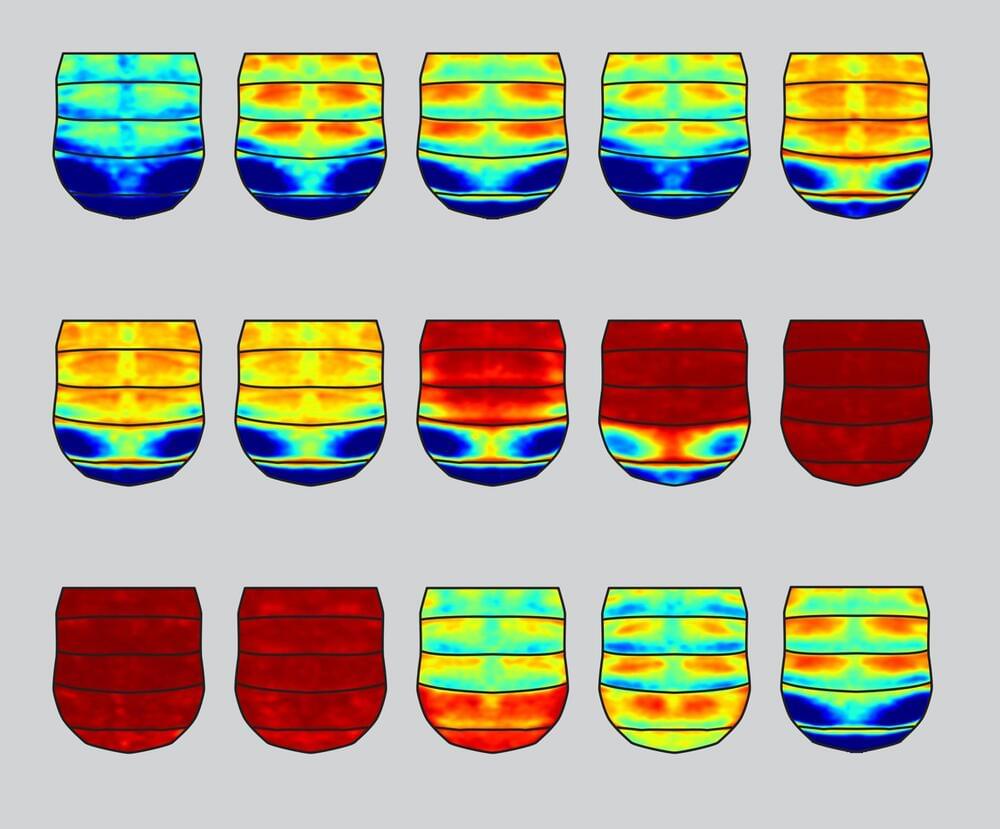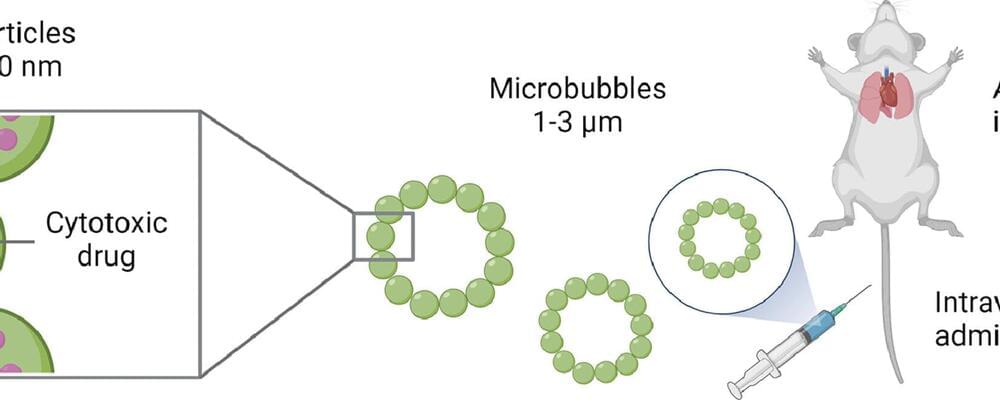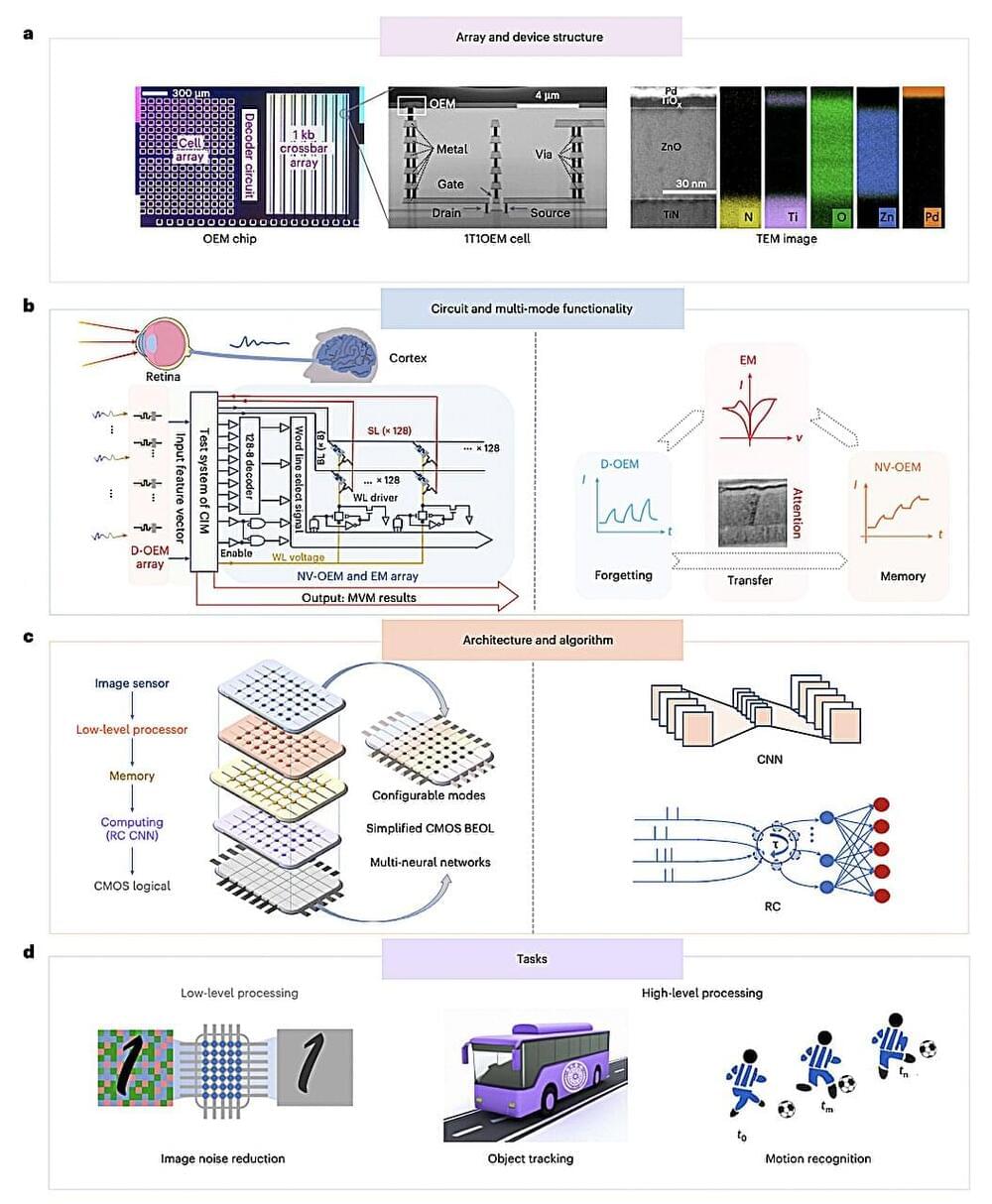Scientists at Washington State University and Lawrence Berkeley National Laboratory have discovered a way to make ions move more than ten times faster in mixed organic ion-electronic conductors. These conductors combine the advantages of the ion signaling used by many biological systems, including the human body, with the electron signaling used by computers.
The new development, detailed in the journal Advanced Materials, speeds up ion movement in these conductors by using molecules that attract and concentrate ions into a separate nanochannel creating a type of tiny “ion superhighway.”

